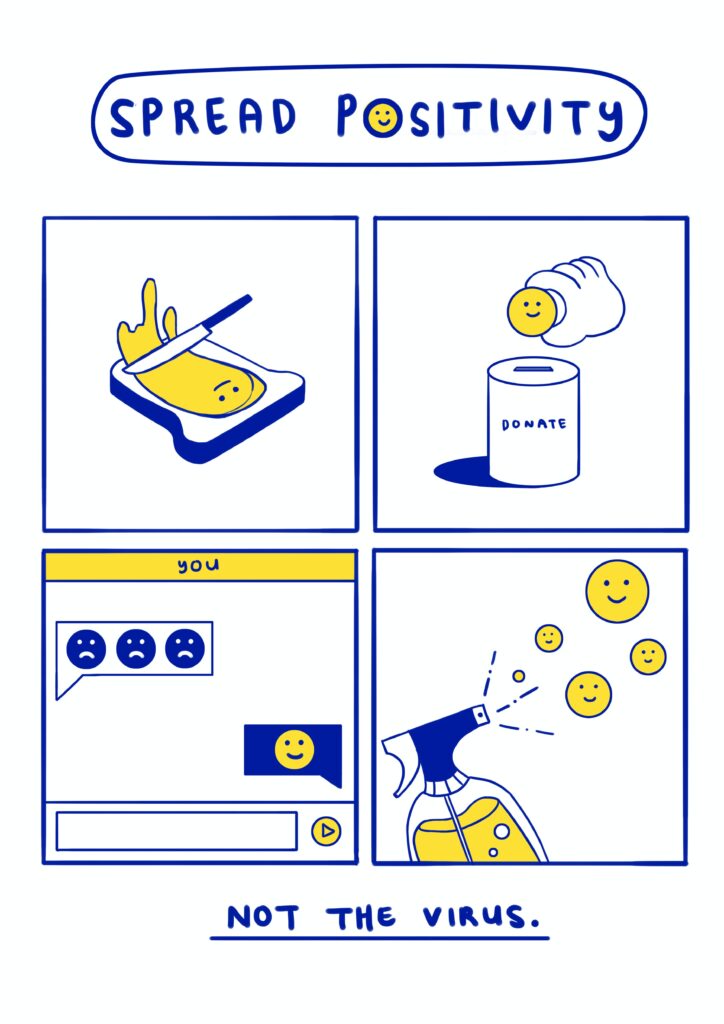No matter where we look, magazines, fashion shows or Social Media, the beauty image conveyed is always the same: thin, sporty, low fat (except for women’s breasts and backside), full hair and a tanned even skin.
As already discussed in this article, this can have a severe effect on our body perception. However, during the last years, we also experienced the rise of a countermovement: Body Positivity.
The main idea behind this famous hashtag is to praise different body types, no matter how skinny, curvy or, in general, how different they are from the conveyed standard.

Why is this movement important? First of all, it gives a great counterbalance to fitspo and thinspo content (fitspiration and thinspiration), which may have the potential to trigger body perception or eating disorders. Therefore, every user has the possibility to fill his feed with content truly inspiring and helpful for himself.
This brings us straight to the second reason for the importance of body positivity. For most people, the societal beauty standard is unattainable, not because they are fat, not because they are lazy, sometimes not even because the pictures displaying the standards are photoshopped, but simply because they have a different anatomy.
A good example of this is given by the famous 90-60-90 scheme in the fashion industry, describing the ideal breast, waist and hips measurements a model should have. There are many women, who, in spite of having a low body fat perception or a similar BMI as women fulfilling these measures, cannot reach the 60 cm waist.
Instead, their breast and hips measures are well below the threshold. Therefore, it is crucial to explore how different body types can be, and that each body type is worth the same, since many things about our body we cannot change.
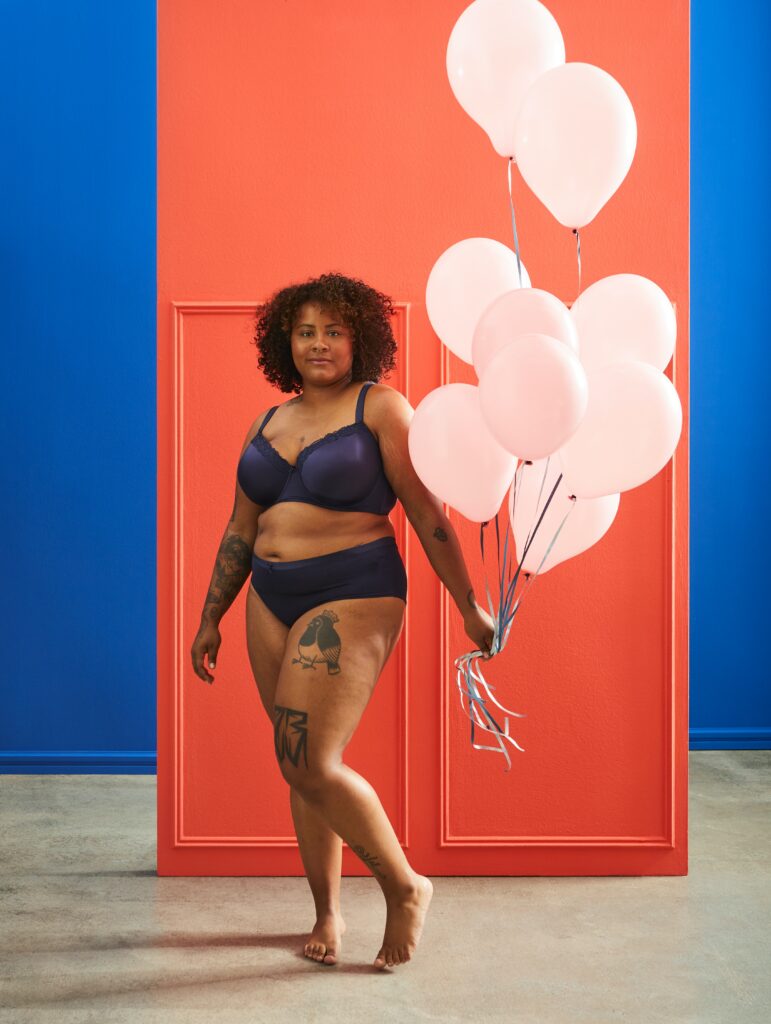
There are numerous inspiring accounts on Instagram, showing that your measures contain no information about the healthiness of your lifestyle, eg @mynameisjessamyn. She regularly provides content about her yoga sessions and her everyday life, which she usually does with pictures of herself, showing how to feel good in your skin no matter what the scale says. This is the overarching goal of the whole movement, and also the final reason why it is so much needed.
Everyone should feel good in their skin, no matter what they look like.
My last points were a little bit focused on weight, but it applies to everything, acne, birthmarks, no hair etc… By inspiring more and more people to show and celebrate their otherness, the body positivity movement does not only raise confidence but also increases visibility, making everything more normal.
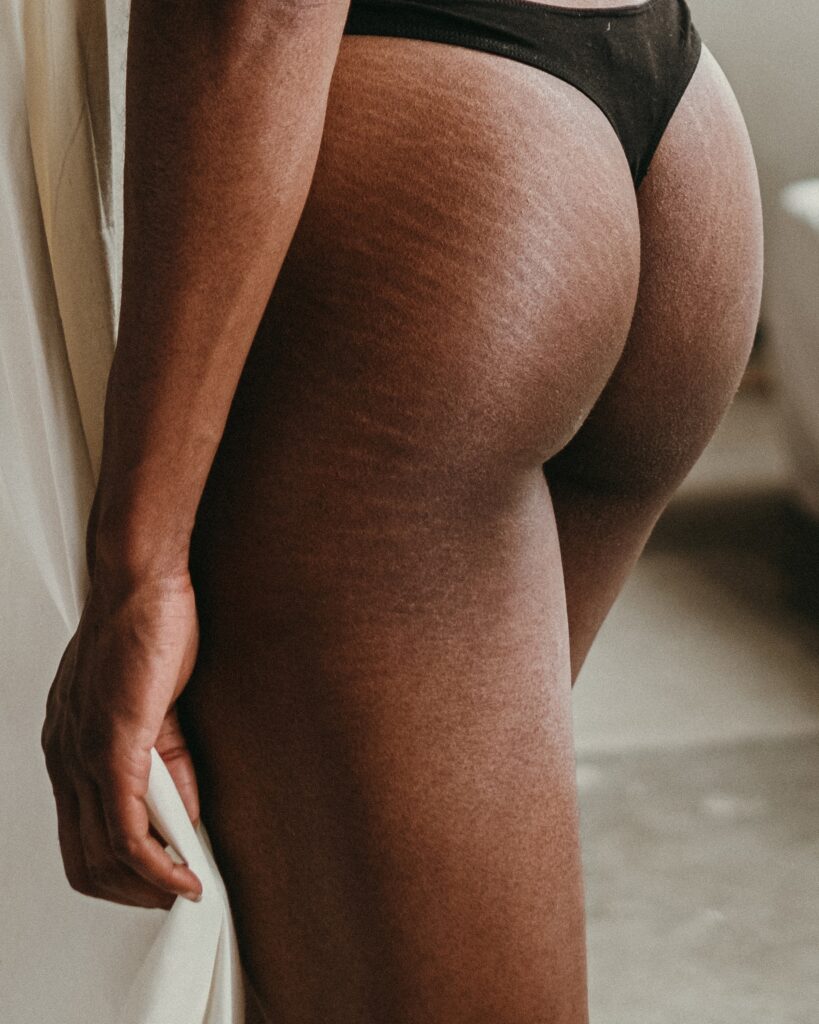
Now you may ask, this sounds like a great movement, why should it have gone too far?
This is a good question, as this was the title of this article. However, I first wanted to establish how amazing body positivity is in its original way, and that the movement itself should never stop.
Nevertheless, some tendencies can be observed that are a little bit worrying and not even in line with the movement itself. The issue I am referring to is the so-called thin-shaming. A quite public example can be given with Cassey Ho, an American fitness and pilates instructor and influencer.
She gained a lot of popularity as she was one of the few in her field not displaying the perfect body measures. At some point in her journey, somehow, she decided to set herself on a 90-day-journey, where she wanted to get into her best shape ever, physically and mentally, on her own terms, i.e. not following a certain diet.
The backlash she received on this was enormous, telling her she was a “disgrace to all women”, “anti-body positive” and a “bad role model”.
I personally found this quite alarming. The movement of body positivity does not mean you can never change something about yourself. It is meant to help people to accept themselves the way they are. It is meant to make clear everyone has the same value. It is meant to take away all external pressures on your body perception.
Turned around, this also means we should not beat each other down for adopting a more healthy lifestyle and probably losing weight on the way.
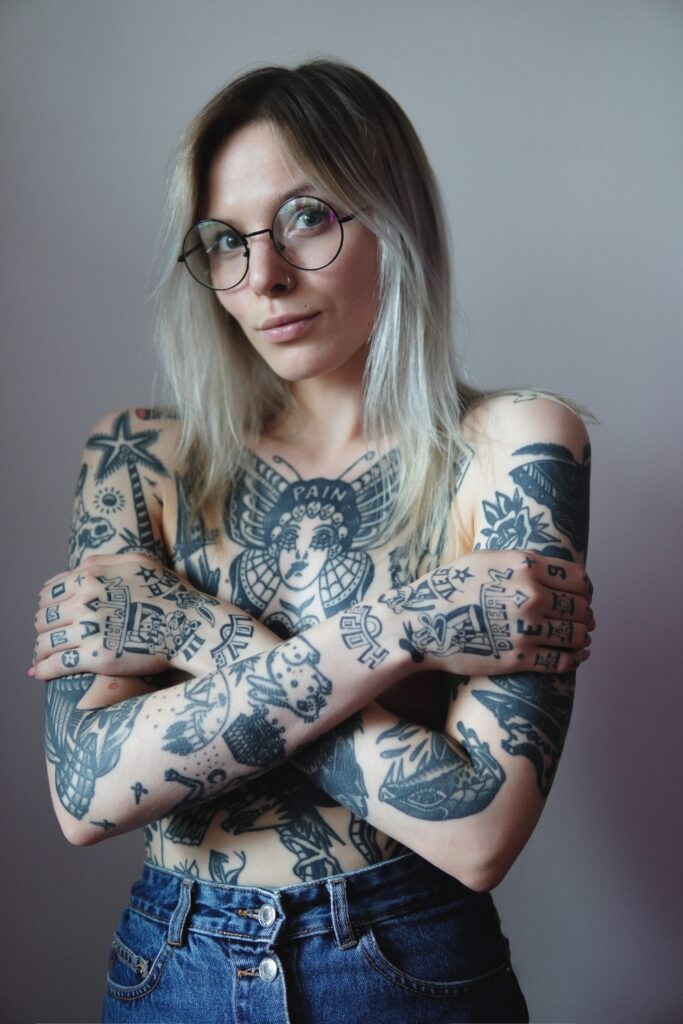
I want to make clear why I mainly talk about weight here. While many appearances, like the ones mentioned above, freckles or pigment disorders, are mainly cosmetic and have no impact on your health, both being under- and overweight can be quite dangerous for your body.
Therefore, it is also suggested by doctors to stay in a certain weight range as well as reaching a minimum amount of physical activity. Of course, an example like Cassey Ho was far away from reaching the unhealthy limits of weight.
However, what if the same wave of hate reaches someone for whose health it is crucial to losing weight. And even in the case of Cassey Ho, adopting a healthier lifestyle should not be discouraged. It should only not be forced on people in order to make them reach a beauty standard.
Another aspect of thin-shaming is that especially skinny people experience comments telling them to eat more, or showing “concern” if they have an eating disorder. Although in most cases the motivations behind are genuine, the statements themselves can be really offensive for the receiver.
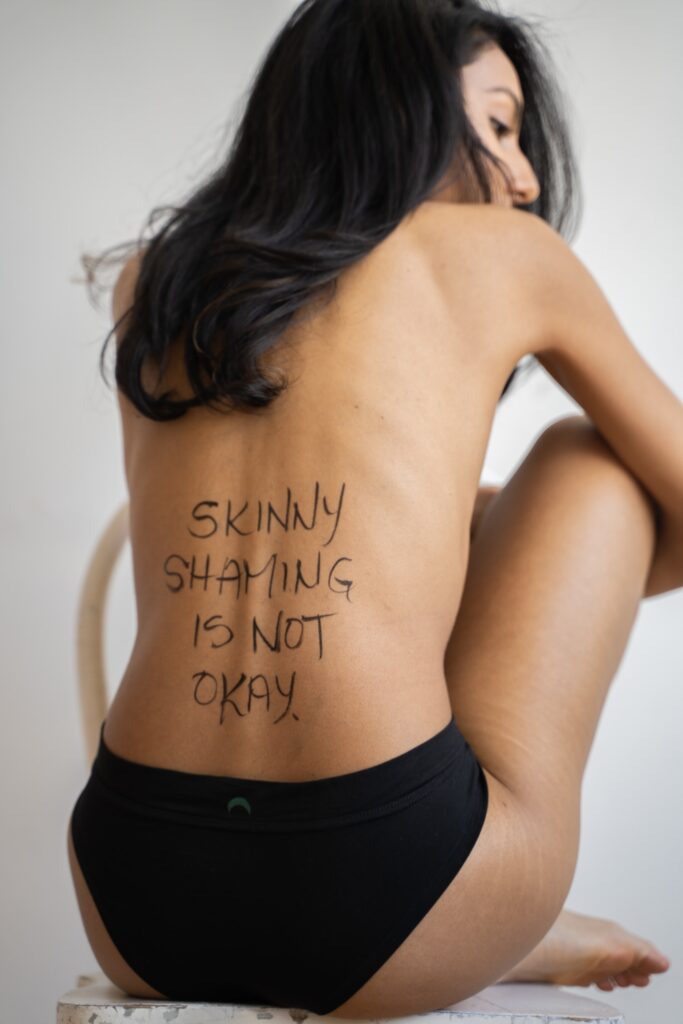
It is a well-known fact that some biological conditions, like hypothyroidism, make it much harder to lose weight.
However, this holds true also vice versa. Based on different genetic conditions, with normal eating behaviour and a sufficient calorie intake, some people are still not able to gain weight.
As stated above, also being underweight might be dangerous. However, this is to be judged by doctors, not by strangers looking at pictures.
Instead of deeming them to be unhealthy since they fulfil the societal standards for body measurements, they should be included in the body positivity movement as well, since everybody is beautiful.
In conclusion, the body positivity is a movement with high potential and major importance. However, we have to be careful not to turn it into thin shaming. Rather than creating another excluding, judgy standard, let’s create one which is characterized by inclusivity and makes the concept of standards somehow irrelevant.
